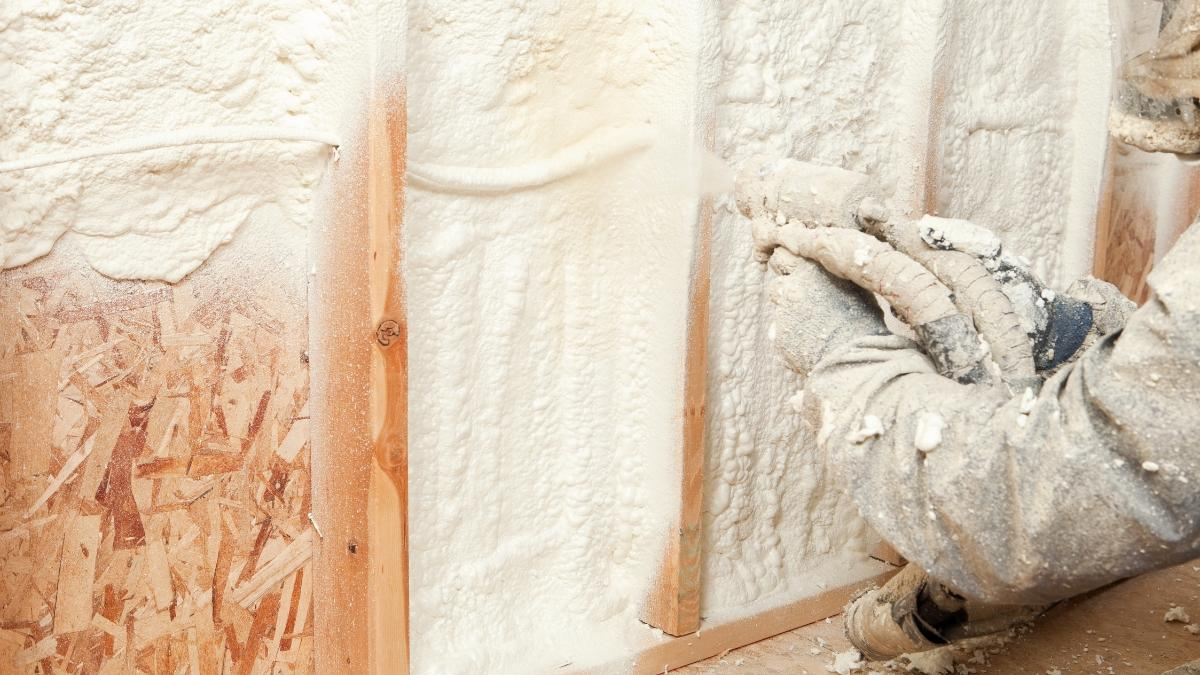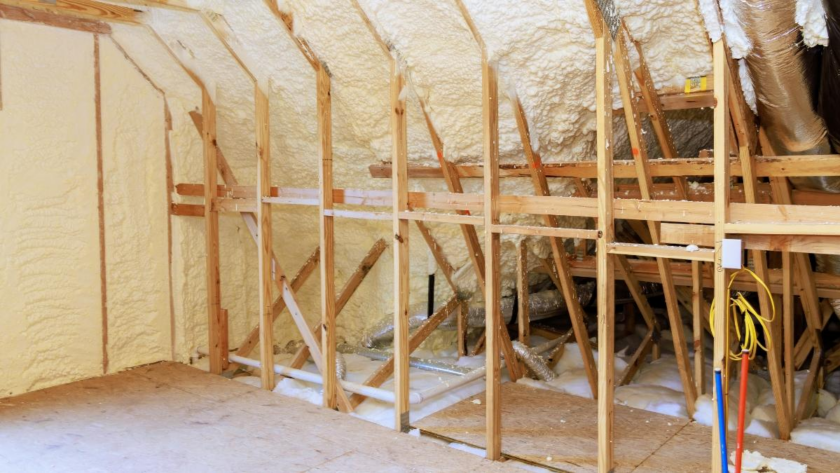Proper insulation plays a significant role in improving the thermal efficiency of a home, which can result in reduced energy bills and increased comfort. This article focuses on various areas that can benefit from insulation measures and highlights the importance of polyurethane insulation materials.
Roof and Attic Insulation: An Overview of Polyurethane Foam
One of the main components of successful whole-house insulation is optimal roof and attic insulation. With an effective insulation system, heat loss or gain through the roof can be minimized, resulting in lower heating and cooling requirements. One such solution for this purpose is Iseo Projection.
Polyurethane foam is a popular choice for roof and attic insulation due to its flexibility and effectiveness. It is available in various forms, including rigid foam sheets and spray-applied liquid foam. Polyurethane foam sheets, such as polyiso rigid foam insulation boards, exhibit excellent insulating properties owing to their closed-cell structure and low thermal conductivity. They are lightweight, easy to handle, and can be cut to fit any size or shape, making them ideal for insulating irregular or hard-to-reach spaces.
Besides, spray-in-place polyurethane foam expands upon application, filling gaps and creating a seamless barrier against air infiltration. Using polyurethane foam products for roof and attic insulation does not only enhance thermal efficiency, but may also contribute to increased fire resistance and structural integrity, depending on the specific formulation used.

Windows and Doors Insulation
Much like the roof, windows and doors can be significant sources of heat loss or gain. By improving the insulation of these crucial elements, homeowners can enhance energy efficiency, reduce drafts, and increase overall comfort levels.
Energy-Efficient Glazing
Double or triple-glazed windows featuring low-emissivity (low-E) glass can effectively help minimize heat transfer. By incorporating an insulating gas such as argon or krypton between the glass panes, heat conductivity is reduced, contributing to better insulation performance.
Weatherstripping and Caulking
Sealing gaps around windows and doors using weatherstripping materials can significantly contribute to improved thermal efficiency. Additionally, applying caulking around joints and connections can help create a continuous insulation barrier and prevent air infiltration.
Thermal Breaks in Frames
Window and door frames made of aluminium or other highly conductive materials can benefit from the addition of thermal breaks. These advanced technology barriers help reduce heat transfer through the frames, ensuring enhanced energy efficiency.
Floor Insulation: The Final Frontier
Last but not least, floor insulation plays a critical role in maintaining optimal indoor temperatures. Cold floors can drastically affect the comfort of the occupants, and upgrading the floor insulation can bring forth numerous benefits, such as reducing heat loss, minimizing drafts, and enhancing energy efficiency throughout the house. There are several methods of floor insulation:
- Underfloor Insulation: This type of insulation involves applying a layer of insulation material underneath the floor surface. Options include rigid foam boards, rolls of mineral wool, or expanded polystyrene sheets, among others.
- Suspended Floor Insulation: Applicable to homes with suspended timber floors, this technique involves adjusting the insulation between the floor joists and may require additional ventilation measures to prevent moisture build-up.
- Floating Floor Insulation: This method involves laying a layer of insulation material on top of the existing floor structure and requires installing a new floor surface. While this option can be more labor-intensive, it usually provides excellent insulating performance.
To ensure adequate floor insulation, homeowners should assess their insulation needs and take into account factors such as building age, type of construction, local climate, and budget. When considering different insulation materials, polyurethane foam products should not be overlooked given their remarkable thermal properties, ease of installation, and versatility.




